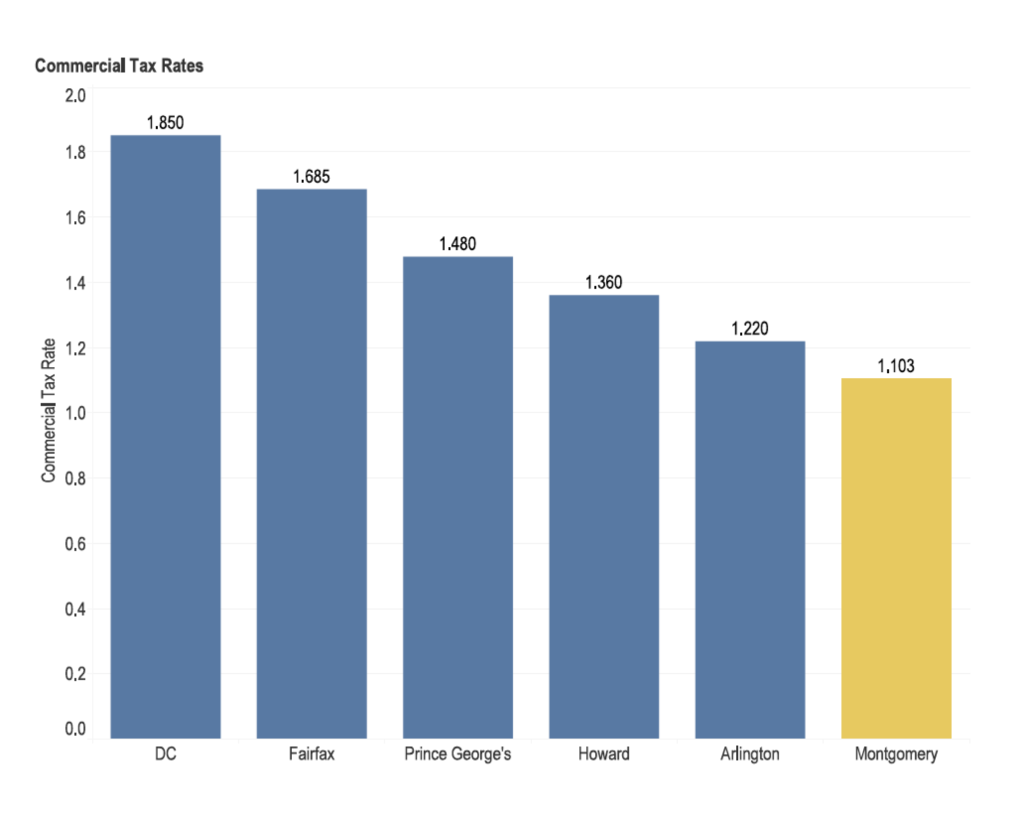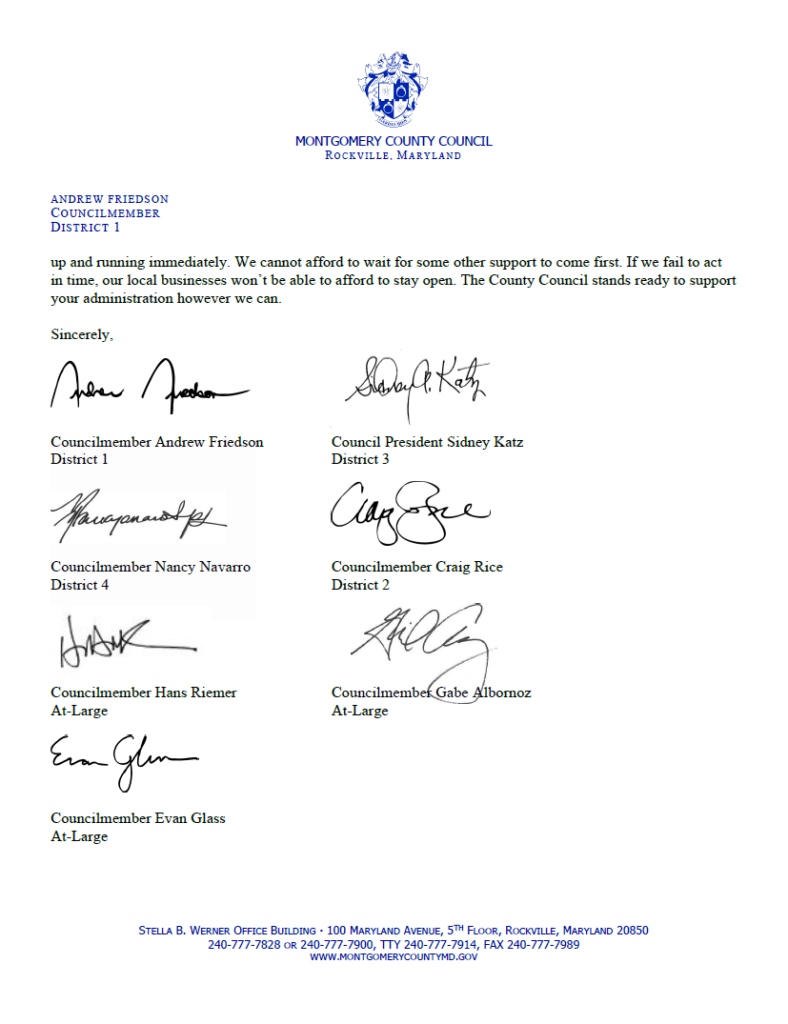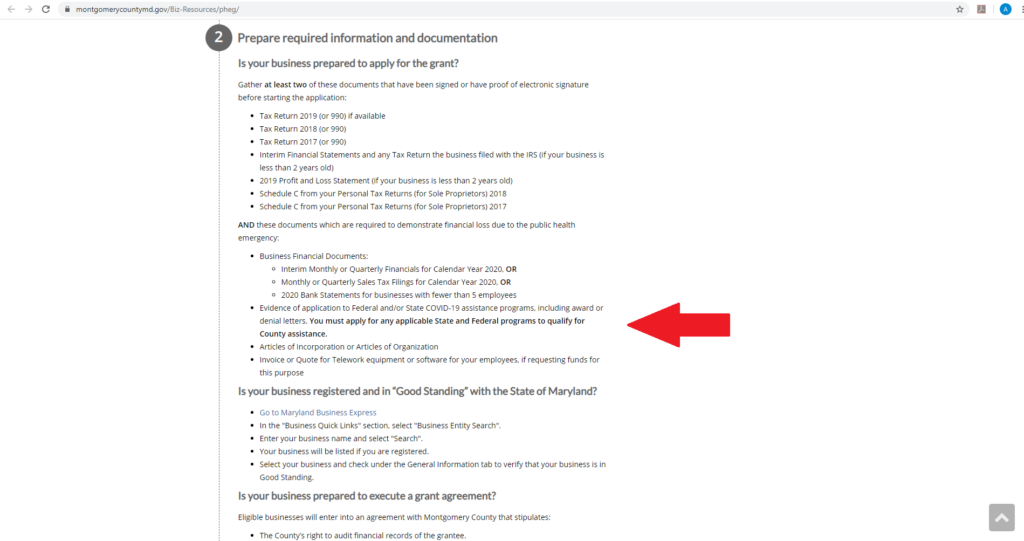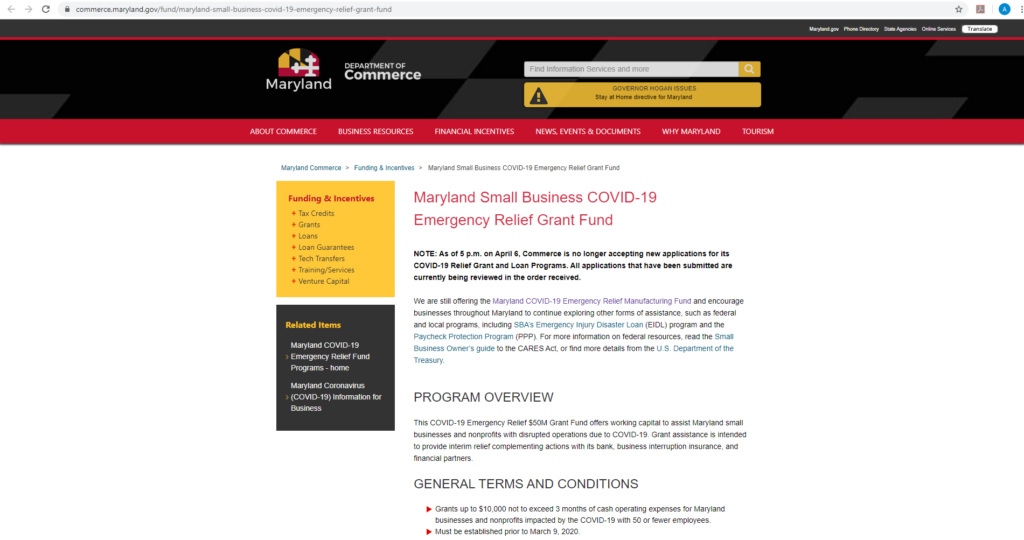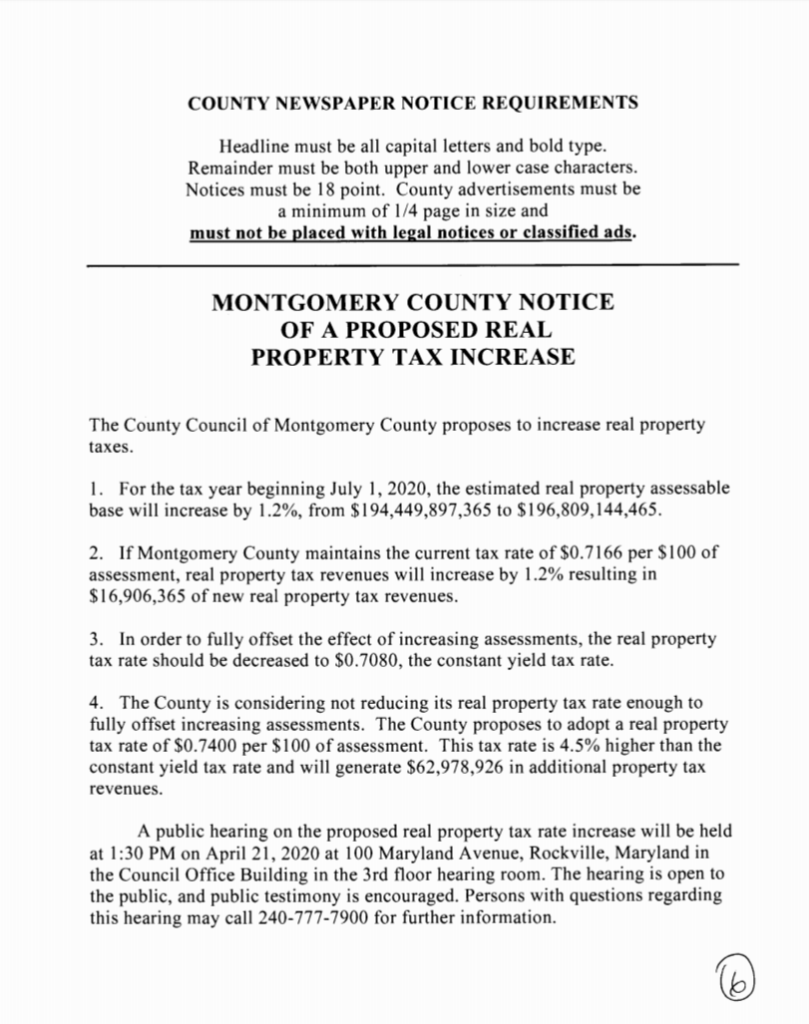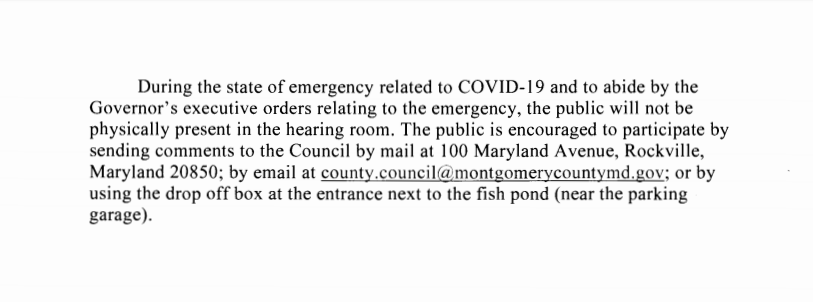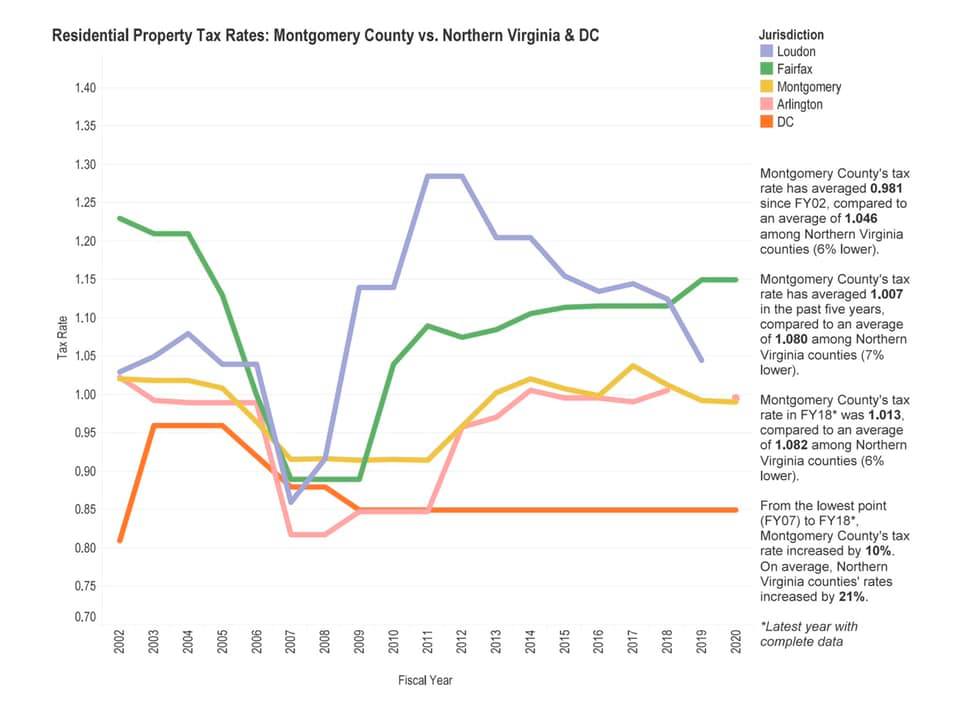By Adam Pagnucco.
A few days ago, I reported on a bill to be introduced by Council Member Will Jawando that would prohibit rent increases during public emergencies. There has been some discussion about whether Jawando’s bill covers commercial properties. The short answer is: it may not have originally, but it does now.
In my original post on April 9, I described the bill’s provisions. It prohibits rent increases during public emergencies and also prohibits notices of rent increases extending to 30 days after the end of emergencies. I also said, “The bill does not distinguish between residential and commercial properties.”
On April 11, it was brought to my attention that while the bill does not mention property types, it adds language to a section of county law that regulates housing. I updated the original post with this statement:
Update: The bill adds language to Section 29 of the county code, which regulates landlords and tenants in the context of housing. Sec. 29-3(b)(1) states that the purpose of Section 29 is “to simplify and clarify the law governing the rental of dwelling units.”
Just an hour ago, I heard that a new version of the bill was online explicitly extending its provisions to commercial properties. That is apparent from the language in its transmission memo, which now states, “Expedited Bill 18-20 would prohibit the increase of residential and commercial rents during and after the current catastrophic health emergency declared by the Governor, prohibit certain notices of rent increases, and require certain notices to tenants.”
The change is also apparent from the language in the new draft of the bill which is now online. The bill now expands its definition of covered landlords and tenants to include “an individual or legal entity that leases a building, or portion of a building, for use or occupancy as a for-profit or non-profit business, including a sole proprietorship.” The relevant language is reprinted below.

Another change is that Council Member Nancy Navarro has been added as a co-sponsor, joining lead sponsor Jawando and original co-sponsors Sidney Katz and Craig Rice.
The bill refers to itself as a “rent stabilization” bill but by conventional definitions that is inaccurate. Rent stabilization ordinances typically allow rent increases but limit them to set percentages. This bill prohibits rent increases, at least during public emergencies. That is typical of rent control, which provides for hard limits on rent. Accordingly, from this point forward, I will be describing this as a rent control bill.
Expect a fight over this legislation.

